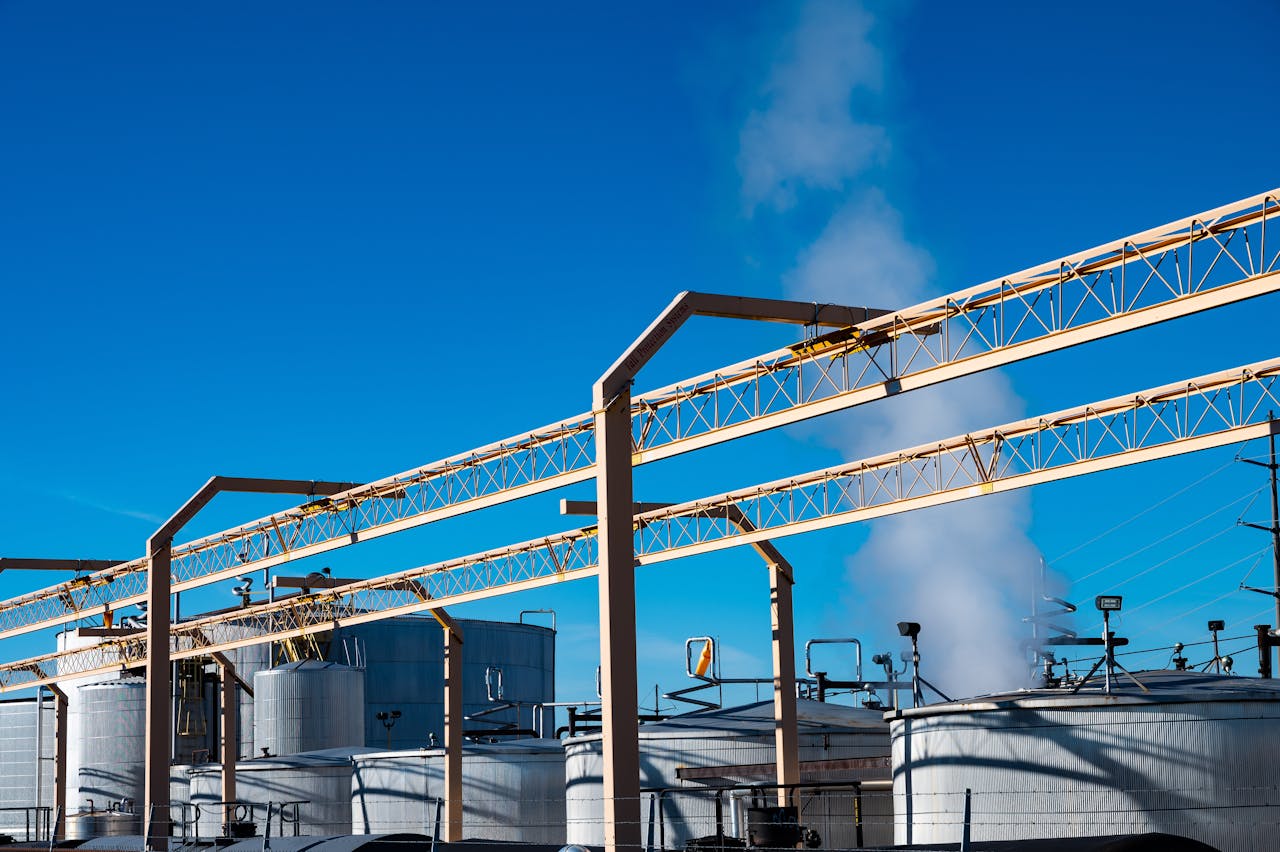Oil prices inched higher in Asian trading Thursday after hitting a two-month low, as investors weighed U.S. crude stock data and new tariff threats from former President Donald Trump.
Brent crude futures rose 0.3% to $72.77 per barrel, while WTI crude gained 0.4% to $68.53. The U.S. Energy Information Administration (EIA) reported a surprise 2.3-million-barrel decline in crude inventories for the week ending February 21, defying forecasts of a 2.6-million-barrel build. Meanwhile, refinery activity increased, with inputs rising by 317,000 barrels per day and utilization reaching 86.5%.
Despite the crude draw, refined product stockpiles swelled. Gasoline inventories grew by 400,000 barrels to 248.3 million, while distillate stocks jumped by 3.9 million barrels to 120.5 million, indicating softer demand for fuel.
Market volatility also stems from Trump's policy decisions. His administration revoked Chevron’s license to operate in Venezuela, disrupting the export of 240,000 barrels per day, over 25% of the country’s oil production. The move contributed to price gains, reflecting concerns over tighter global supply.
Additionally, Trump reaffirmed plans for tariffs on energy imports, proposing a 10% duty on Canadian oil and 25% on Mexican imports, alongside potential European trade levies. These threats have fueled uncertainty in the oil markets. However, speculation about peace talks between Russia and Ukraine has put downward pressure on prices, as an agreement could boost Russian oil exports.
With geopolitical risks, shifting inventories, and evolving trade policies, oil prices remain volatile, keeping investors cautious.



 Bank of Korea Downplays Liquidity’s Role in Weak Won and Housing Price Surge
Bank of Korea Downplays Liquidity’s Role in Weak Won and Housing Price Surge  Asian Currencies Trade Sideways as Dollar Weakens Ahead of Key U.S. Data
Asian Currencies Trade Sideways as Dollar Weakens Ahead of Key U.S. Data  Asian Stocks Slide as AI Valuation Fears and BOJ Uncertainty Weigh on Markets
Asian Stocks Slide as AI Valuation Fears and BOJ Uncertainty Weigh on Markets  Asian Stocks Slide as Central Bank Decisions and Key Data Keep Investors Cautious
Asian Stocks Slide as Central Bank Decisions and Key Data Keep Investors Cautious  Korea Zinc Plans $6.78 Billion U.S. Smelter Investment With Government Partnership
Korea Zinc Plans $6.78 Billion U.S. Smelter Investment With Government Partnership  Oil Prices Rebound as U.S.-Venezuela Tensions Offset Oversupply Concerns
Oil Prices Rebound as U.S.-Venezuela Tensions Offset Oversupply Concerns  Korea Zinc to Build $7.4 Billion Critical Minerals Refinery in Tennessee With U.S. Government Backing
Korea Zinc to Build $7.4 Billion Critical Minerals Refinery in Tennessee With U.S. Government Backing  Dollar Struggles as Markets Eye Key Central Bank Decisions and Global Rate Outlooks
Dollar Struggles as Markets Eye Key Central Bank Decisions and Global Rate Outlooks  China’s Small Bank Consolidation Struggles as Profits Fall and Risks Persist
China’s Small Bank Consolidation Struggles as Profits Fall and Risks Persist  U.S. Stock Futures Mixed as Tech and AI Stocks Face Pressure Ahead of CPI Data
U.S. Stock Futures Mixed as Tech and AI Stocks Face Pressure Ahead of CPI Data  Fed Rate Cut Signals Balance Between Inflation and Jobs, Says Mary Daly
Fed Rate Cut Signals Balance Between Inflation and Jobs, Says Mary Daly  New Zealand Budget Outlook Shows Prolonged Deficits Despite Economic Recovery Hopes
New Zealand Budget Outlook Shows Prolonged Deficits Despite Economic Recovery Hopes  Fed Near Neutral Signals Caution Ahead, Shifting Focus to Fixed Income in 2026
Fed Near Neutral Signals Caution Ahead, Shifting Focus to Fixed Income in 2026  Asian Technology and Chipmaking Stocks Slide as AI Spending Concerns Shake Markets
Asian Technology and Chipmaking Stocks Slide as AI Spending Concerns Shake Markets  Oil Prices Slip in Asia as 2026 Supply Glut Fears and Russia-Ukraine Talks Weigh on Markets
Oil Prices Slip in Asia as 2026 Supply Glut Fears and Russia-Ukraine Talks Weigh on Markets  U.S. Dollar Slips Near Two-Month Low as Markets Await Key Jobs Data and Central Bank Decisions
U.S. Dollar Slips Near Two-Month Low as Markets Await Key Jobs Data and Central Bank Decisions 































